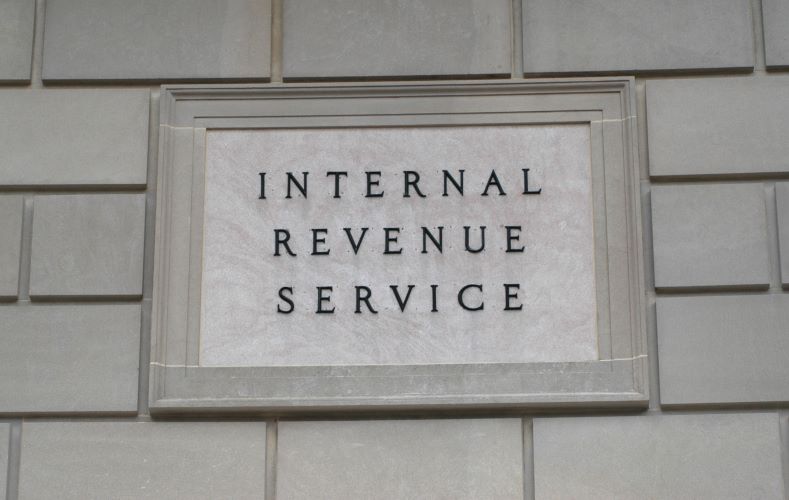The challenges associated with navigating the Paycheck Protection Program (PPP) have been well documented. The first round of funding was somewhat chaotic because the Small Business Administration (SBA) and financial institutions were relying on an untested framework to manage the program. The application process was unclear, and many banks were giving preferential treatment to their large business and current clients. Although many small businesses did receive a PPP loan there was room for improvement when it came to process and procedure.
When the second round of funding was approved, far fewer businesses applied because of certification concerns, strict forgiveness rules, and evolving program guidance. Many of these issues were resolved through the PPP Flexibility Act of 2020 which created more favorable forgiveness terms. On June 17, the SBA issued the updated long-form forgiveness application and a new EZ form for qualified borrowers. The applications are accompanied by guided instructions seeking to reduce complexity. To help clients, prospects, and others, Selden Fox has provided a summary of key points below.
EZ Loan Forgiveness Application Highlights
Navigating loan forgiveness has been a challenge for many businesses, and this new application is designed to make it as simple as possible. To qualify to use the EZ Loan application, a borrower must meet one of the following conditions:
- A borrower must be a self-employed individual, independent contractor, or sole proprietor without employees at the time of loan application submission. They must not have included employee salaries in determining the average monthly payroll.
- A borrower did not reduce annual salaries or wages of any employee by more than 25% during the covered period as compared to the period between January 1, 2020, and March 31, 2020. In addition, they must not have reduced the number of employees or average paid hours between January 1, 2020, and the end of the covered period.
- A borrower did not reduce the annual salary or hourly wages of any employee by more than 25% during the covered period as compared to January 1, 2020, and March 31, 2020. In addition, they were unable to operate (between February 15, 2020, and the end of the covered period) at the same level of business activity as before February 15, 2020, due to compliance with requirements established or guidance issued by certain agencies related to COVID-19.
Other Loan Forgiveness Application Highlights
In both application versions, there were several important changes made that borrowers need to be aware of when calculating eligible forgiveness amount. The changes include the following:
Covered Period Election
Borrowers that received a loan prior to June 5, 2020, can elect if they want to retain the original 8-week covered period or transition to the new 24-week covered period.
Expense Ratio
Updated information on the allowable expense ratio between payroll costs and non-payroll costs has been adjusted to reflect the lowered 60% requirement.
FTE Reduction Exceptions
FTE reductions will not impact forgiveness under the following circumstances:
- In situations where a good faith, a written offer was made to rehire an employee and where the borrower was unable to hire similarly qualified employees for unfilled positions before December 31, 2020.
- Any instances when the borrower made a good faith written offer to restore reduction in hours, at the same salary or wages and the employee rejected the offer.
- Finally, in situations when an employee was fired for cause, voluntarily resigned, or requested a reduction in hours during the covered period.
FTE Reduction Safe Harbors
There are two safe harbors that prevent certain borrowers from receiving a forgiveness reduction from FTE employee levels. A borrower is exempt from a forgiveness reduction when documentation is provided demonstrating the inability to operate at the same level of business activity because of federal, state, and local COVID-19 orders and guidelines. A borrower is also exempt from a forgiveness reduction when both of the following conditions are met. First, they must have reduced FTE employee levels between February 15, 2020, and April 25, 2020. Second, they must have restored FTE employee levels not later than December 31, 2020, to its FTE employee levels in the paid period that included February 15, 2020.
Documentation Requirements
The instructions for both applications also provide guidance on what supporting documents to submit. Although most are similar to what was required with the initial application, there are some differences between the two. For both, borrowers are required to submit documentation supporting expenses for both payroll and nonpayroll purposes. However, those using the long form will have an additional document requirement for FTE.
Payroll Expenses
Documentation verifying the eligibility of compensation payments incurred during the covered period are necessary. This can include account statements showing the amount of cash compensation paid, relevant tax forms including payroll tax and unemployment insurance filings, and employee wage reporting. Finally, it is also necessary to submit cancelled checks, receipts, or account statements documenting the amount of any employer contributions to employee health or retirement plans.
Non-Payroll Expenses
This includes proof that obligations and services were started prior to February 15, 2020, and related payments. For business mortgage and rent/lease expenses copies of leases, payment receipts, canceled checks, or account statements reflecting payment. Finally, for business utility payments copies of invoices from February 2020 and those paid during the covered period including receipts, canceled checks, or account statements should be provided.
FTE
A requirement only for those completing the long-form applications, documentation must show the average number of FTE employees on payroll per week between February 15, 2019, and June 30, 2019, and the same for the period between January 1, 2020, and February 29, 2020. There are different rules for seasonal businesses that allow them to select an appropriate comparison period. It is important to note the selected time period must stay the same for FTE calculations. Borrowers need to submit payroll tax filings, state quarterly business, and individual employee wage reports or unemployment tax filings.
Contact Us
These new changes will make navigating the loan forgiveness process much easier than under prior guidance. However, loan forgiveness can be tricky, and the calculations often require an experienced provider to guide you through the process. If you have questions about the new PPP loan applications or need assistance with another issue, Selden Fox can help. For additional information call us at 630.954.1400 or click here to contact us. We look forward to speaking with you soon.





